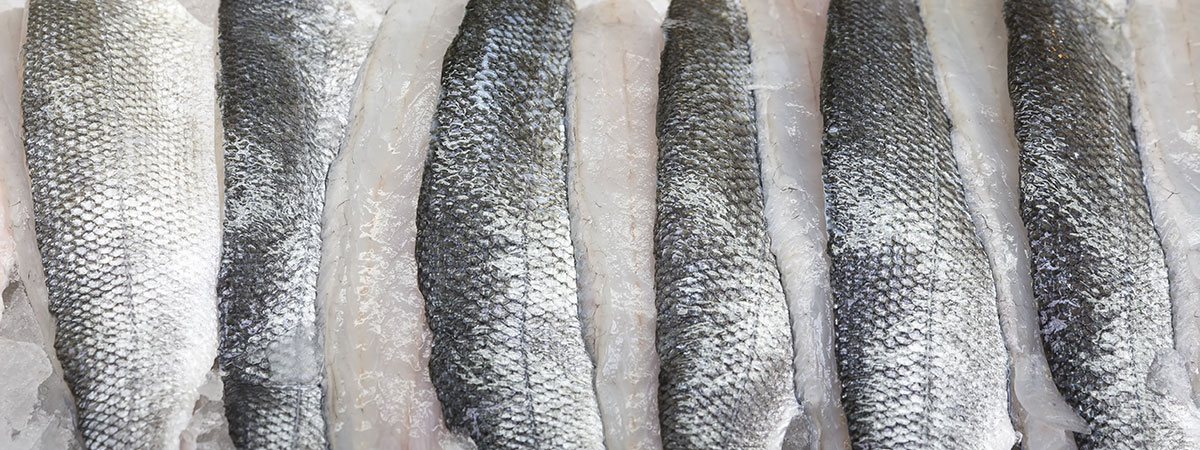Fish as food product

Since the beginning of time, fish is a typical food in coastal areas. As fish is relatively easy to catch, its high-quality proteins contributing essentially to a healthy nutrition of humankind. But this is not the only reason why fish is an beloved product. Here is a quick guide to its origin and what you should pay attention to.
Fish are aquatic vertebrates, who are not only caught offshore, but are also cultivated in net cages by the shore or on land in aquacultures like ponds or RAS (recirculating aquaculture systems). Norway is currently the trailblazer for producing salmon in the European Union (EU), which is the most eaten fish in Germany. Salmon is also the third most eaten one in the EU, with only tuna and codfish exceeding it.
In average, a citizen of the EU is consuming more than 25kg (around 55lbs) fish per year. Especially the countries Portugal, Spain, France and Luxembourg are pushing this average ahigh. A Portuguese is statistically eating the most fish and its products; by nearly 56kg per year, it is more than the double of an average EU citizen. Two thirds of the overall consumption are marine fish, thus saltwater fish. These are rich in iodine, essential unsaturated fatty acids as well as in a high content of vitamins A, B and D. Edible fish likewise providing important mineral nutrients and trace elements. The main aspect though is the supply of high-quality animal protein. Fish metabolize the feed better than endotherms like cattle or pigs and thereby are converting it more efficient into protein. That is why they do not need as many natural resources and have a low proportion of connective tissue, making them easier for humans to digest.
However, also fish can have certain health risks, hence it should be consumed as fresh as possible or one to two days after defrosting. Fresh fish is primarily recognizable for not smelling unpleasantly. A fishy smell is an indication for the animal to be starting to denature. This means, that microorganisms like bacteria have already begun to decompose the food and therefore that the food has been dead for quite a while. Besides a non-existent smell, clear eyes and metallic glowing skin with firm scales are more indicators of freshness. Knowing this, it is no surprise, that fresh caught fish is mainly traded and eaten in coastal areas. In industrial countries like Germany, fish is mostly available as frozen food or in preserved form, e. g. dried or salted.
A citizen of the EU is currently spending a fourfold of money on meat (cattle, chicken, etc.) than on fish. The reasons for this are the general preference for meat plus the comparatively high selling prices of fish. These prices have risen within the last years, because of the tightened environmental measures and the decline of fish caught on the open seas. While in 2016 the retail rate of average food rose only about 0.8%, the price of fish and its products increased about 3.3%.
Further informationen about the SEAWATER Cube
Check out more facts about our system and the technology.
References
— world ocean review, Fisch und Mensch – Nahrungsmittel Fisch (https://worldoceanreview.com/wor‑2/fisch-und-mensch/nahrungsmittel-fisch/, aufgerufen am 20. August 2018)
— Menke, N. in WELT: Fisch – die unterschätzte Vitaminbombe. 06.09.2011 (https://www.welt.de/gesundheit/article13586097/Fisch-die-unterschaetzte-Vitaminbombe.html, aufgerufen am 20. August 2018)
— Der EU-Fischmarkt, Ausgabe 2017. EUMOFA
— Fischwirtschaft – Daten und Fakten 2017. Fisch-Informationszentrum e.V.
Image source
Colourbox – NPDStock